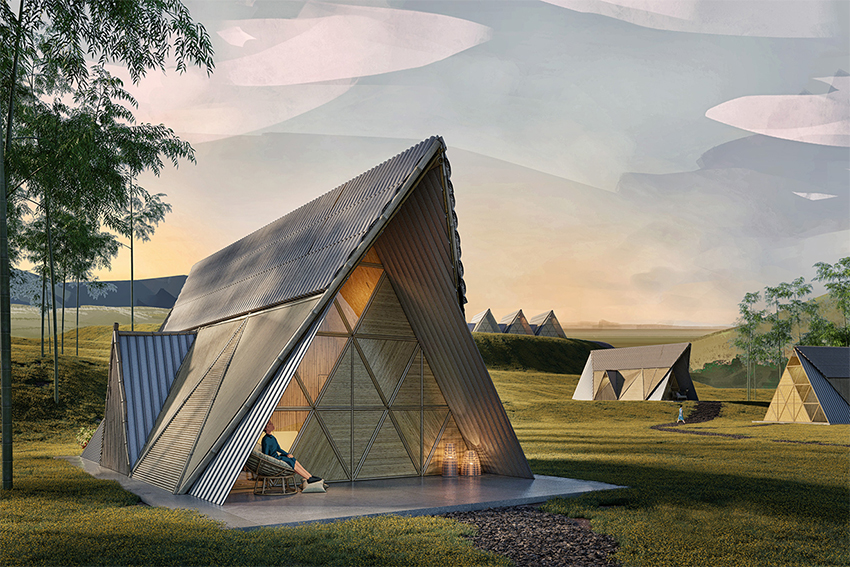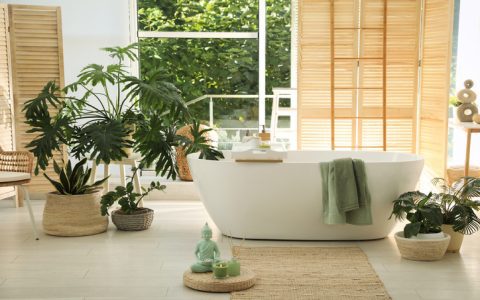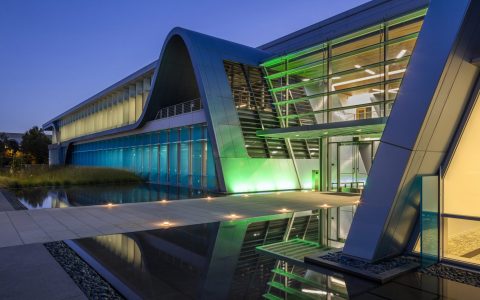Modular bamboo refers to a design and construction methodology centered on the use of bamboo components engineered into standardized, prefabricated units or modules. These elements are designed for efficient transportation, straightforward assembly, disassembly, and potential reconfiguration, offering significant flexibility across diverse applications.
Key Characteristics and Advantages
The adoption of modular bamboo systems presents several compelling benefits:
- Sustainability: Bamboo is a highly renewable resource, characterized by its rapid growth cycle and significant carbon sequestration capabilities. Modular design principles further enhance sustainability by minimizing on-site construction waste and enabling the reuse or recycling of components.
- High Strength-to-Weight Ratio: Bamboo exhibits remarkable tensile strength, often comparable to or exceeding that of certain timbers and even mild steel, while being significantly lighter. This characteristic facilitates easier handling, transportation of modules, and reduced foundation requirements.
- Design Flexibility and Aesthetics: Modular systems built with bamboo allow for a wide array of architectural expressions, scalability, and adaptability. The natural aesthetic of bamboo also imparts a unique, warm, and biophilic quality to structures.
- Speed and Efficiency of Construction: Prefabrication of bamboo modules in controlled factory settings ensures consistent quality and accelerates on-site assembly processes. This often translates to reduced labor costs and shorter project timelines.
- Resilience: Bamboo's inherent flexibility can provide structures with good performance under dynamic loads, such as seismic events, when properly engineered.
Applications of Modular Bamboo
Modular bamboo is increasingly being utilized in various sectors:

- Architecture and Construction:
- Temporary Structures: Ideal for emergency shelters, disaster relief housing, event pavilions, and pop-up installations due to rapid deployment capabilities.
- Permanent Buildings: Used for residential homes, eco-resorts, community centers, schools, and lightweight commercial structures.
- Building Components: Prefabricated wall panels, roof trusses, flooring systems, and facade elements.
- Furniture and Interior Design:
- Modular shelving systems, seating arrangements, and customizable furniture pieces.
- Interior partition walls, decorative screens, and acoustic panels.
- Infrastructure:
- Pedestrian bridges, scaffolding, and formwork for concrete.
Important Considerations
Successful implementation of modular bamboo projects requires careful attention to specific aspects:
- Treatment and Durability: Bamboo must undergo appropriate treatment (e.g., boron-based, heat, or smoke treatment) to protect against insect infestation (especially borers and termites) and fungal decay, ensuring long-term durability.
- Connection Design: The development of robust, efficient, and often demountable connection details between bamboo elements and modules is critical for structural integrity, ease of assembly, and adaptability.
- Standardization and Grading: Establishing industry-wide standards for bamboo culm grading, processing, and module dimensions is essential for wider adoption, quality control, and engineering confidence.
- Fire Resistance: While bamboo can be treated to improve fire resistance, its inherent combustibility needs to be addressed according to local building codes and specific application requirements.
Modular bamboo systems offer an innovative pathway towards more sustainable, efficient, and aesthetically pleasing built environments. By combining the inherent qualities of bamboo with the advantages of prefabrication and modularity, it presents a compelling alternative to conventional construction materials and methods.







